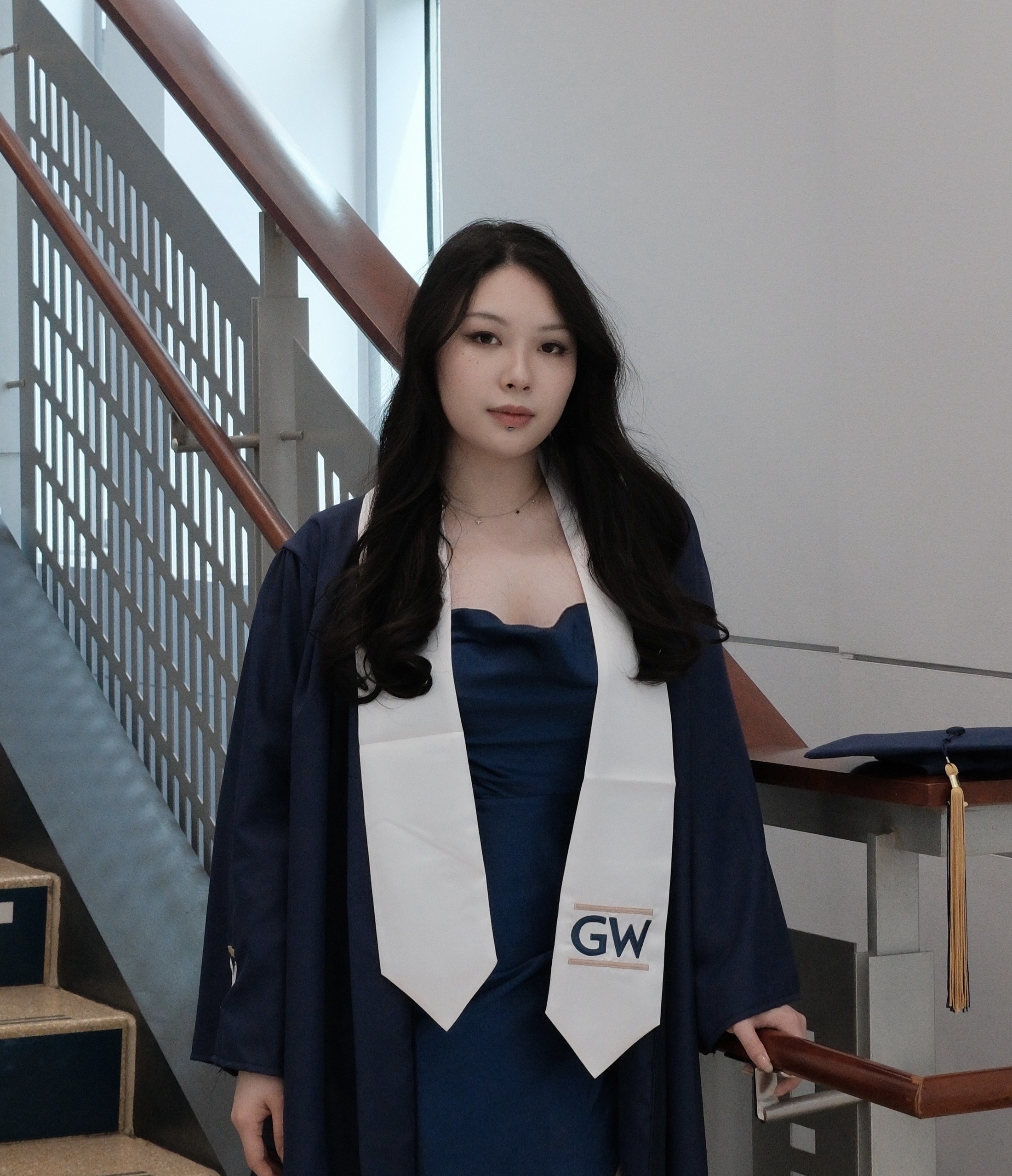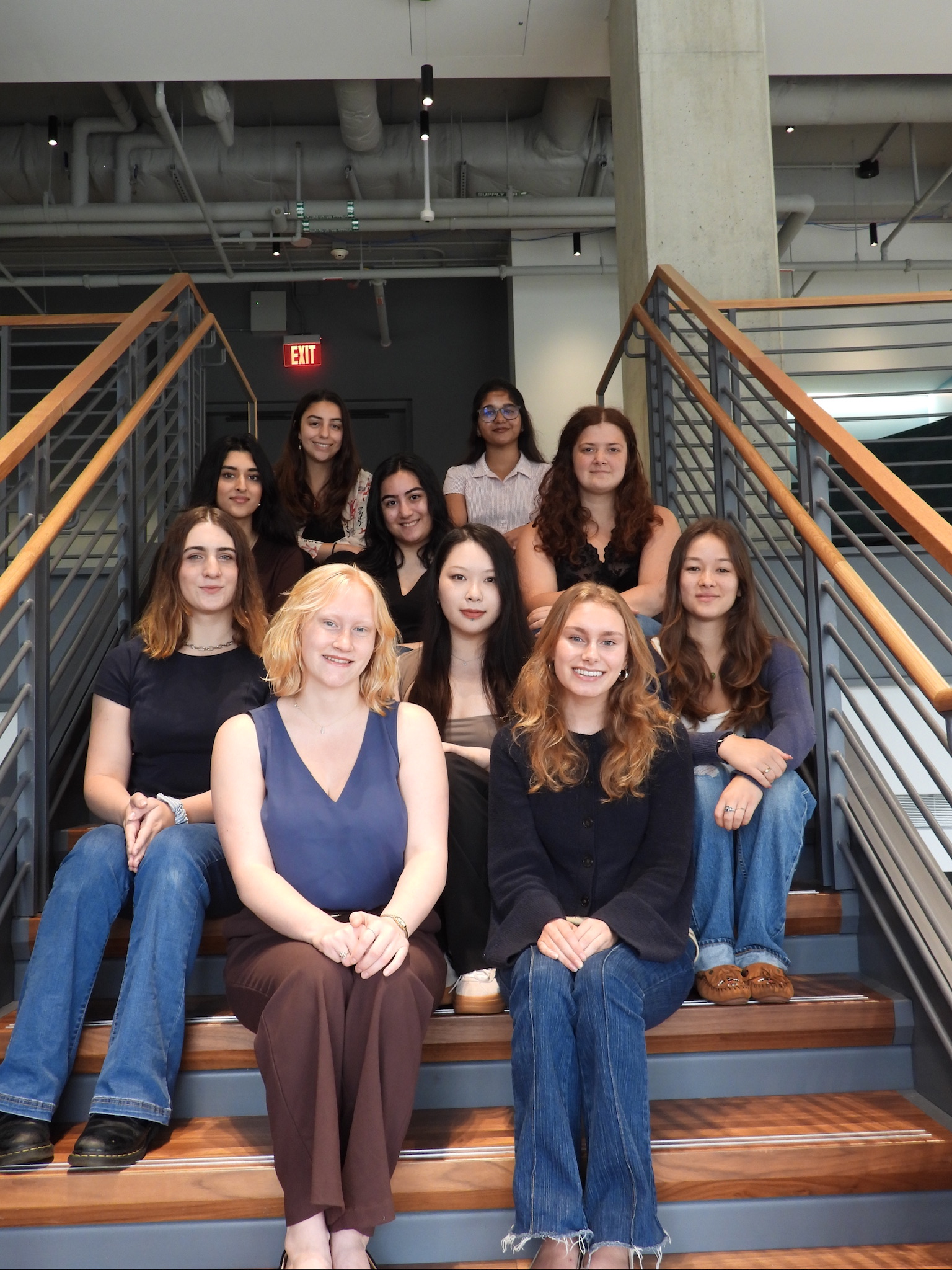As a recent college graduate, I came into APS hoping to explore praxis in peacebuilding, how theories can be applied and improved to address real-world problems. The program ended up offering me more than I could hope for. Being immersed in an interactive environment where I could hear first-hand stories and insights from professionals across different fields helped me see how peacebuilding really works in practice. It made the theories I had studied feel more real and connected to everyday challenges.
For example, through Dr. John DeRosa’s session, we learned that the first step in approaching any issue is identifying the “customer problem,” not just what appears to be going wrong on the surface, but what people are truly experiencing and needing. Oftentimes, what seems like the problem is only a symptom of something deeper that’s been overlooked. This shift in thinking has changed how I approach conflict mapping in my research. While I had used the tool before, I was now able to gain a much clearer picture once I adopted the mindset of digging through interconnected layers to pinpoint the underlying issue. I also realized that while it’s tempting to address every problem at once, it’s often more effective to narrow the scope and focus on one key driver of conflict. This logic also applies to bringing solutions, which is where the concept of the “minimum viable product” became especially relevant. It reminded us that a good intervention doesn’t have to be sweeping or complicated to be impactful. Sometimes, addressing one specific need well can be the catalyst for broader change. It allows me to think about peace design and implementation as a careful experiment with changing factors, where each step should be taken with caution, starting small to meet a core need, then building upon it as impact grows.
APS itself was thoughtfully structured to reflect both the constraints and the possibilities we would face in real-world implementation. As a student more exposed to theoretical frameworks than actual practice, I found it grounding to consider real limits like budget, timelines, travel, and partnership. Introducing these constraints encouraged us to think about viability and efficacy. That being said, APS also challenged us to avoid rigidity, to be imaginative, think beyond traditional measures, and to explore how tools from technology, psychology, sociology, law, and even corporate knowledge could be brought into peacebuilding. That balance between grounded pragmatism and creative problem-solving was one of the most valuable aspects of the experience for me.
You don’t need to be an expert to begin your journey as an aspiring peacebuilder, you just need to care deeply, stay curious, be patient to learn, and be ready to take on challenges.

Bohan Chen
2025 APS Participant



